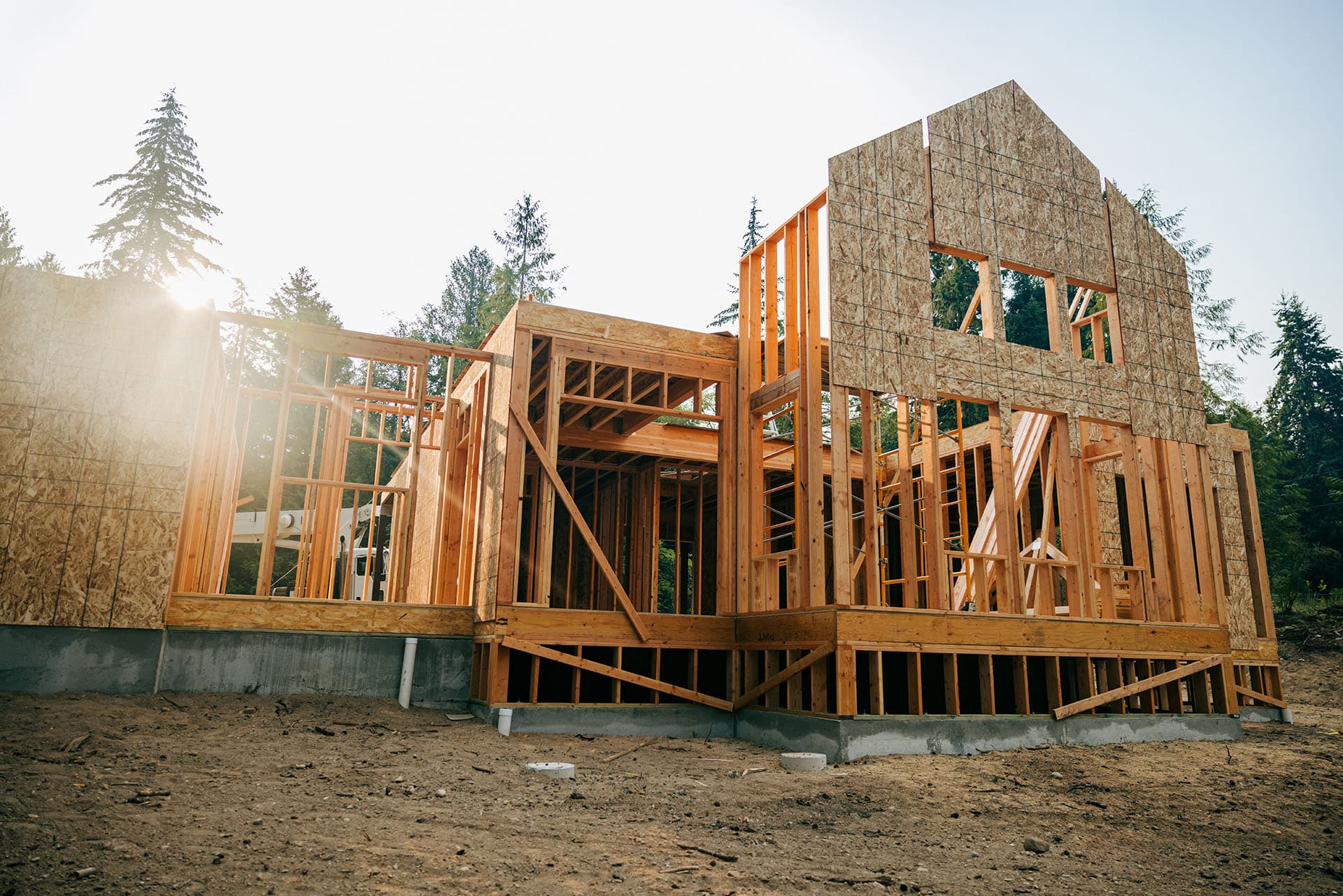Key highlights
According to BuildForce Canada’s latest forecast, 245,100 people are expected to retire from construction jobs over the next 10 years (by 2032) – roughly 20% of Canada’s current construction industry workforce
Recruiting new workers to the construction industry is a bigger challenge today, with skilled trades such as masonry, framing and carpentry that are more affected than other areas
Supply and demand is very nuanced across Canada – Ontario accounts for almost 40% of construction employment, followed by Quebec at 20% and Alberta and British Columbia each at about 15%
The skilled labour that is retiring or leaving the industry is being replaced with people who don’t have the same training or experience, and a trend of declining productivity is emerging
Provincial governments are taking a more targeted approach to recruitment of high school students, immigrants and underrepresented groups
Has the recent lull in construction activity given the industry a false sense of security?
As the cost to finance construction projects (along with the costs of materials) increases, the pace of construction activity has slowed; however, this signifies only a temporary relief to Canada’s shortage of construction workers. With ambitious housing development goals and an affordability crisis looming, the loss of construction industry workers could spell trouble for Canada.
Construction employment data has been bouncing up and down in recent months. The 45,000 jobs that were lost in July were partially recovered with the addition of 34,000 workers in August. But if we turn our attention to the bigger-picture view, a trend emerges: construction jobs are on a gradual decline from the highs seen in 2021 and 2022. To this effect, the construction industry has shed about 37,000 jobs, year-to-date through August. These losses are occurring as construction starts slow in the wake of higher interest rates and other hurdles to development, such as government taxes and fees at the municipal level.
“That slowdown is going to create this false look at the balance of supply and demand that is going to impact new recruitment,” says Marlon Bray, head of Altus Group’s Ontario pre-construction and contract administration services. Altus expects the residential and ICI construction industry to remain slow through the end of this year and probably through 2024, until interest rates come down. Consequently, the demand for labour will drop until interest rates decline, at which point the construction labour problem will come roaring back.
What is concerning is the timing of what is shaping up to be a mismatch in the supply and demand of labour. Supply is shrinking as aggressive housing development goals are accelerating. The Canada Mortgage and Housing Corporation (CMHC) has said that Canada needs to create about 3.5 million additional housing units by 2030 (above what is already being built) to restore affordability. Further, the government of Ontario also has its own ambitious target of building at least 1.5 million homes by 2031.
Shrinking labour pool
Looking beyond current economic conditions, the construction industry is facing a number of headwinds that are negatively impacting the size of the overall labour pool. Specifically, we are seeing the “greying” of the industry, which is a common theme across Canada and other developed countries, including the US and Europe. In short, older construction workers are retiring, and there are fewer younger workers who are choosing construction jobs or careers in the trades. The pandemic accelerated some of those retirement plans and recruitment efforts have not attracted the same level of experienced workers.
According to BuildForce Canada’s latest forecast, 245,100 people are expected to retire from construction jobs over the next 10 years (by 2032) – which accounts for roughly 20% of Canada’s current construction industry workforce. Although the industry is expected to recruit approximately 237,800 new-entrant workers under the age of 30 during this period to help offset some of the projected losses, even at these heightened levels of recruitment, BuildForce predicts the industry will be short 61,400 workers by 2032.
At the same time, recruiting new workers to the construction industry is more of a challenge today than some other skilled trades. It is understandably difficult to find people who are willing to hang off a high-rise building for heavy lift form work when it is -10 degrees outside, notes Bray. Trades such as masonry, framing and carpentry simply are not as popular with younger people today. In addition, construction generally has been a very male-dominated field that has had a difficult time attracting female workers, which significantly limits the labour pool.
Supply and demand is also very nuanced across Canada. Urban areas tend to be more resilient because there are more workers, while rural areas can be more variable with the timing of two or three bigger projects that quickly exhaust the available supply. Bigger infrastructure projects can also stress the supply of available labour. Looking at where construction workers are located, Ontario accounts for almost 40% of construction employment, followed by Quebec at 20% and Alberta and British Columbia each at about 15%. “Geographically, the supply and demand can quickly shift. It just takes one $2 billion complex project in BC or Alberta or Quebec to create a major shift, whereas it would not have the same impact in Ontario,” says Bray.
An ongoing concern is also cost of living and housing affordability, both of which impact construction labour, in that the labour force needs the ability to afford to live within a reasonable distance of the project sites. If the cost of living becomes too high, this can have an impact on the interprovincial migration of labour, with the lure to more affordable locations such as Alberta or the East Coast where the skill sets are simultaneously in demand.
Pain points ahead
Over the last few years, builders have been frustrated by the difficulty in finding skilled labour. “The good news right now is that while the labour shortage is bad, the industry has not crashed simply due to the fact that a large number of projects can't get through the broken approvals system and into the ground,” says Bray. The labour challenge has increased costs, impacted quality, and extended the amount of time needed to get projects done, but the industry is still functioning, and projects are still getting done. In addition, there is some temporary relief coming in the form of those slowing construction starts that have lessened the demand for labour.
Another challenge for the construction industry is declining productivity, as the skilled labour that is retiring or leaving the industry is being replaced with people who don’t have the same training or experience. To this effect, Altus Group conducted a study last year on high-rise development projects in Vancouver and Toronto and found that those projects now take around 25 to 30% longer today to build as compared to say 10 years ago. “A significant portion of that is tied into that labour productivity and the fact that we've been running almost maximum speed for so many years now that productivity has just dropped off. The desperation for labour means that available labour does not necessarily have the same level of experience and knowledge that we've been losing to retirement,” says Bray. “In essence, the whole industry has been dragged backwards through this loss of productivity.”
Looking forward to 2025 and 2026, if we don't change something, declining productivity may become a more significant hurdle. “For every person that leaves the industry, the problem becomes more difficult to fix as we ramp up construction,” says Bray. “If you look at the projections, we need to at least double the production of homes, and we simply would not be capable of doing that right now – nor do we have the apparatus in place today to solve those problems.”
Certainly, labour isn’t the only challenge facing Canada’s housing goals today. There are other impediments, including high interest rates, a slow approval process, taxes, fees and government policy around rental controls etc. However, labour could present the biggest challenge in a number of major markets as some of those other impediments are resolved and construction begins to accelerate.
Solutions involve more proactive recruiting
Canada needs to ramp up the speed of recruitment and training, which is why reforms in the labour market are important. Provincial governments are taking a more targeted approach to recruitment of high school students, immigrants and underrepresented groups.
In Ontario, for example, there has been a significant effort over the last three years to help bring people into the trades. As of June, Ontario has managed to increase the number of apprenticeship registrations by 24%, which increased the number of new apprentices on a year-over-year basis by about 5,300 people. They achieved that by coming up with a strategic plan that included eliminating some of the stigma around trades through education and advertising; simplifying the training system; and encouraging employers to take on those apprentices.
Recruiters went out to high schools to work with teachers and guidance counsellors and attend job fairs to make people aware of job opportunities in construction and the trades as an alternative. There is also a large focus at both the federal level and the provincial level to include underrepresented groups, including women and Indigenous people. For example, female participation on job sites represents 5% of the labour force compared to 41% working in off-site construction jobs nationally in 2022.
Potentially, technology could also be part of the solution; specifically, using data and analytics to better match the available jobs and looming skills gaps from people that are aging out of the industry with new recruits. Modularization, or some form of it, could also be a solution to the social housing crisis we have, and the deeply affordable crisis. Repetition around purpose-built rentals could be applied to create greater efficiency. However, the government would also need to attract investment to get those manufacturing facilities set up.
“I'm actually fairly confident that if we carry on with strategic recruitment and maybe expand on those efforts, especially on the immigration front, that we can hopefully start to fulfil some of the challenges we are facing,” says Bray. “The issue is whether or not we can catch up before we need them, which is why 2025-2026 is expected to be a critical inflection point.”
Want to be notified of our new and relevant CRE content, articles and events?
Author

Marlon Bray
Senior Director, Cost Consulting & Project Management
Author

Marlon Bray
Senior Director, Cost Consulting & Project Management
Resources
Latest insights





Jul 22, 2025
EP4 - Modular, faster, smarter: How SAMI is redefining residential construction


